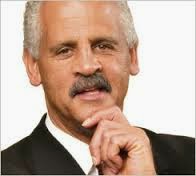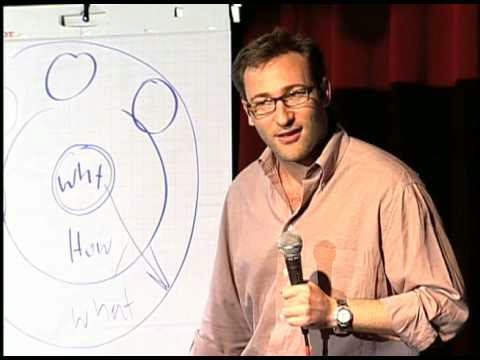The Smartest Leadership Author I Know

In 2015, we launch a SheLead audio series involving 10-15 minute interviews with women leaders, thinkers, authors and practitioners. Being a bit of a leadership geek, I collected over 700 books on the subject. Obviously, there are a large handful, okay, an armful, of books I devoured; provocative and ah-ha celebrations of new thinking. But recently, my favorite author has emerged as Barbara Kellerman. She's with the Kennedy School at Harvard University. Her many books on leadership (Google them or do a search on Amazon.com) have challenged my thinking. Her contrarian attitude combined with a fine mind, results in a lot of pot stirring for those of us steeped in the literature. You'll hear from Barbara and others in this upcoming series, featured in this blog and the www.shelead.org website. Look for it and if you want a good read on leadership, try Kellerman.












































